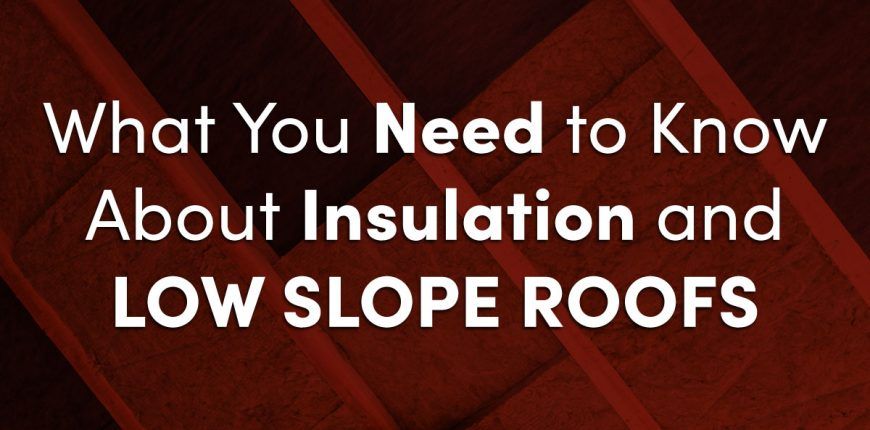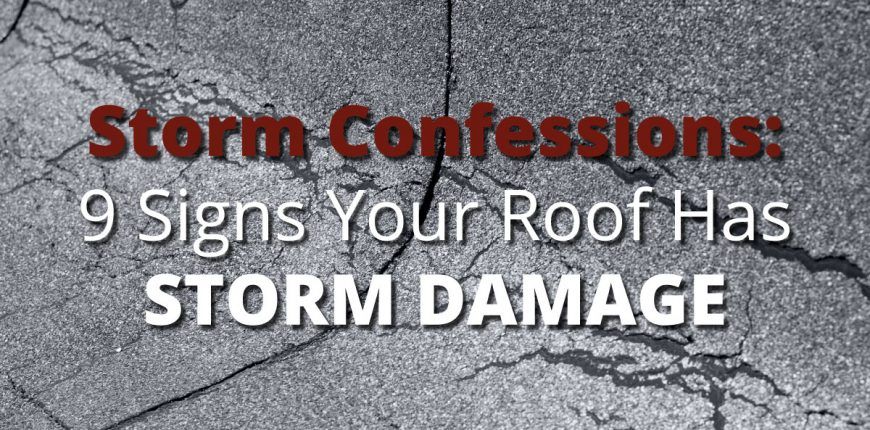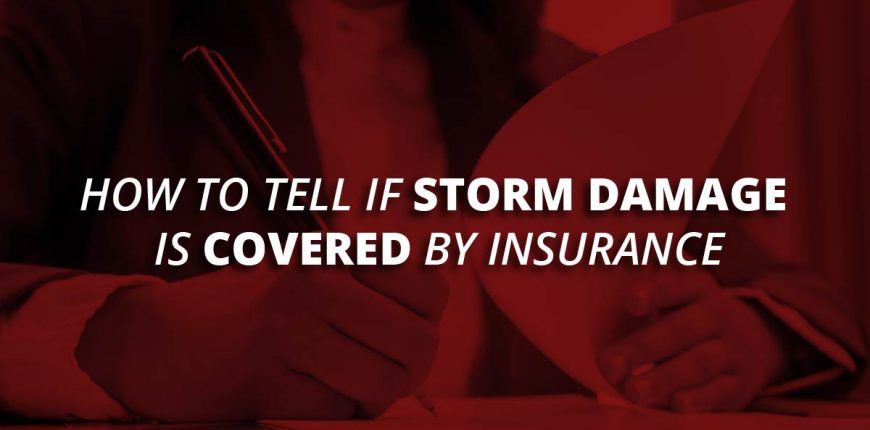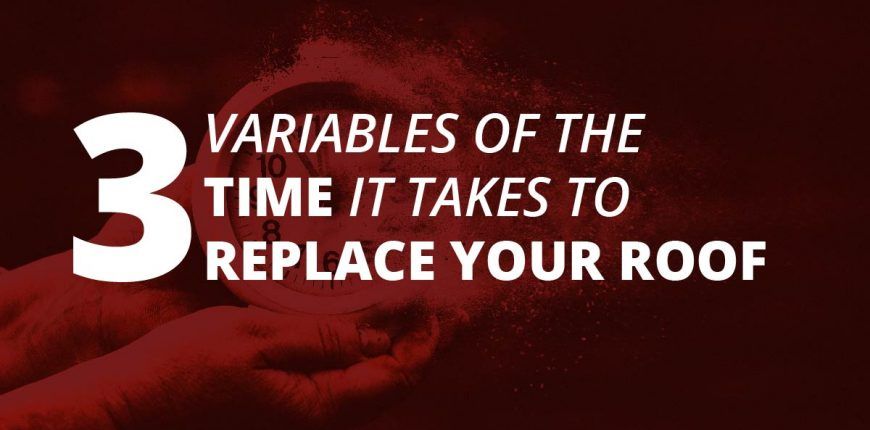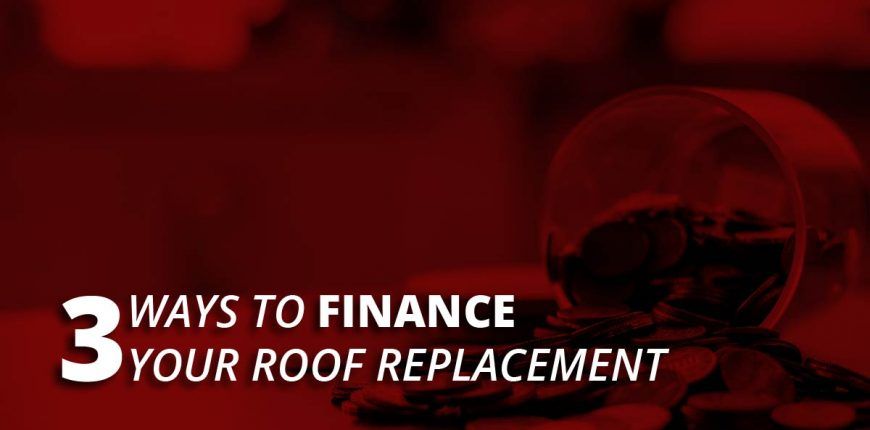Low slope roofs on commercial buildings provide many benefits. They provide a convenient location for the installation of equipment like HVAC systems. They’re also practical and affordable solutions for large buildings because they use different materials than steep slope roofs. Because of this, they will have different insulation needs.
Common Types of Low Slope Roofs
For you to better maintain your roof, you should know exactly which material it’s made of. Popular flat roof types are:
- Built-Up Roof. Also known as tar and gravel roof. They’re made of 2 to 4 layers of asphalt tar and are often covered with gravel.
- Modified Bitumen Roof. They’re similar to built-up roofs but with fewer layers.
- EPDM Rubber Roof. They’re recognizable because the surface is either black or held down with large stones.
- Spray Foam Roof. It’s often white or gray in color. Over time, the topcoat could degrade to expose a polyurethane foam.
- Thermoplastic Membrane Roofing. It looks like white rubber.
Importance of Roof Insulation
Insulation provides many benefits to your building. The two most important are:
Acting as a Thermal Barrier
Heat moves through a roof via conduction, convection, and radiation. Each has an effect on the building’s performance. Since conduction occurs through solid components, insulating them benefits the entire building.
Convection channels heat via gases and liquids. Installing air barriers and vapor retarders reduces this effect on your roof.
Examples of radiation are heat transfer when sun rays hit the roof, or heat leaving the building at night. One way of insulating against radiation is by installing a reflective roof surface. This prevents sun rays from penetrating and heating the building.
Improving Drainage
Low slope roofs are especially prone to water damage since they don’t channel it as well as steep roofs. Tapered insulation diverts water from walls to gutters, drains, and other outlets.
Professional insulation also increases your roof’s durability by installing walkways. These prevent roof damage from the weight of workers and heavy equipment. They also improve safety; everyone knows which parts of the roof they should step on.
Are you a Commercial Building Owner or Manager in Hampton Falls, New Hampshire? For high-quality low slope roof insulation, J. Carnes & Son Roofing is your go-to contractor. As a GAF Certified Master Elite Roofing Contractor, we offer exceptional solutions. Our passionate and highly dependable representatives are also experts at installing premium insulations. If you suspect an issue with your roof, contact us before it’s too late.

